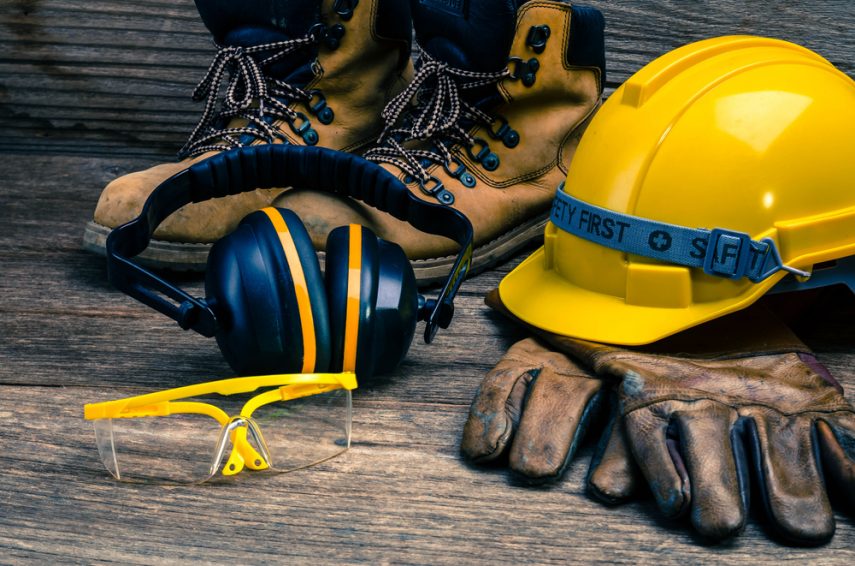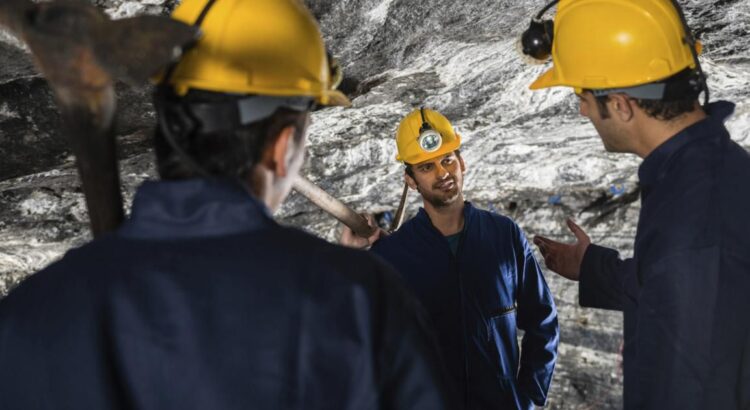Every year at least thousands of miners die in mining accidents. Underground mining involves more risks than surface mining. The number of accidents is high in developing nations like China with about 13 miners losing their life a day. Though China contributes to only 35% of world coal, they make up for about 80% of miner deaths every year.
During the early 20th century, there were about 1000 miner deaths in the US every year and currently, the numbers have gone down to 60/ 70 a year. With over 14,000 mines in the US, mine safety is an important concern. For investigations regarding mine accidents, contact Sea Limited. Their experienced professionals analyze the situation and provide solutions.
There are about 360,000 miners in the US and mining techniques have evolved over the years. The current ones used are safer but we do see mining accidents occurring time to time leaving a stream of people injured.
List of common mining accidents:
Methane and coal dust explosion:
Mechanical errors or malfunctioning tools can cause the explosive methane gas present in between coal layers to explode which in turn triggers consecutive coal dust explosions. When looking in history, this has been the reason for major fatalities in the past.
Blasting-related:
Explosives are used to burst the rocks. Improper use of explosives leads to:
- Fly-rocks: A large number of surface-mining accidents occur because the miners where standing too close and were hit by rocks, misfires, premature blasts or because the rocks to blasted away further than anticipated.

- Premature blasts: There are blasts that could occur at a time earlier than anticipated due to accidental percussion, degenerated explosives, faulty fuse or carelessness.
- Misfires: When an explosive fails to detonate as anticipated, misfires may occur resulting in personal injury and equipment damage. Misfires are more common in underground nonmetal and metal mines. During digging, crushing or milling, the explosives on the ground may accidentally be triggered.
- Mine-induced seismicity: Induced seismicity refers to tremors/ minor earthquakes caused due to activities induced by humans. Mining-induced ones cause strains in the earth’s crust causing slope instability in slope mining which is a threat to miners.
Mine Safety and Health Administration (MSHA) is responsible for investigating mining accidents and issuing a comprehensive report based on the findings. They recognize that mining accidents are hazardous. You can contact consultants in the field to sort out issues regarding mining accidents.





